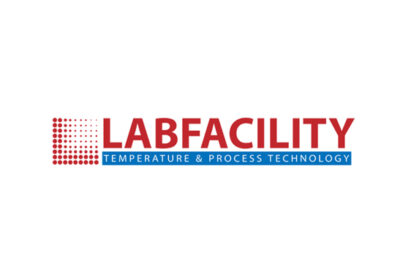Food and beverage production requires a large range of temperatures. This means that plants must have effective cooling systems to deal with the excess heat. Removing the excess heat from the system requires a cooling tower, however, traditional designs require frequent maintenance. Here Darcy Simonis, food and beverage group vice president at ABB, explains how to optimize cooling towers.
Food and beverage manufacturers understand that the industry is becoming a constant production environment, especially with the expansion of technologies like cold supply chains. Businesses, therefore, require equipment that can work constantly. However, when producing for long periods of time machines tend to overheat, meaning that to become a constantly working operation cooling systems must also work twenty-four hours a day
Heating, cooling and pasteurizing are all common steps in food and beverage. Each one of these steps either directly or indirectly produces large quantities of heat. Managing this heat is a priority, because otherwise equipment may be damaged through overheating. As such, it is important to have a cooling system that is reliable, requires minimal maintenance and can extract heat at a sufficient rate.
How to optimize cooling
Traditional fans generally use 1500 rpm induction motors that connect to a driveshaft that connects to a gearbox, the gearbox then connects to the fan. This makes the system prone to breakdowns as there are many moving parts, also gearbox maintenance is time consuming and, due to the environment, oil leaks are common. To combat this, modern cooling fans need motors that can be mounted directly onto the fan, while being able to resist the conditions within the cooling tower.
Many of these traditional motors can be replaced with more efficient permanent magnetic motors that can be directly installed onto the fan. This reduces the amount of parts in the system, limiting the risk of breakdowns. They are also compact compared to traditional cooling tower motors, reducing the space required by the system.
Furthermore, the motors help optimize cooling towers by reducing noise pollution and as the motor is reversible allows for the fans to be used to prevent freezing during the colder months of the year. Adding extra functions like this means that the higher efficiency of permanent magnetic motors, especially at partial loads, in tandem with the drive’s variable speed control ensure fast running of the fans at the required speed saving energy, reducing CO2 footprint and lowering running costs.
Permanent magnetic motors from ABB can also be installed with ACS880-01 industrial drives that are built with cooling tower application control programs. This allows the drive to adjust the speed of the motors to match the process demand, further increasing energy savings while lowering wear and tear rates. Meaning that cooling towers will be able run for longer while further reducing the amount of maintenance required during its lifetime.
Overall, upgrading cooling tower systems can lead to major savings and create a platform for constant production that can help drive business growth. Traditional cooling systems, especially cooling fan motors are no longer up to par with the requirements from the system. Optimizing them through the introduction of new technology is the only way to improve production.






